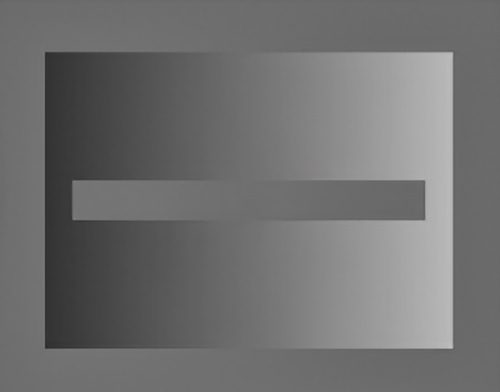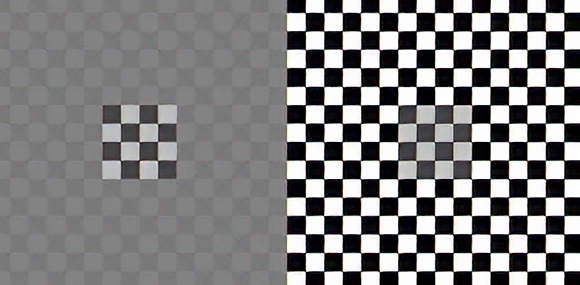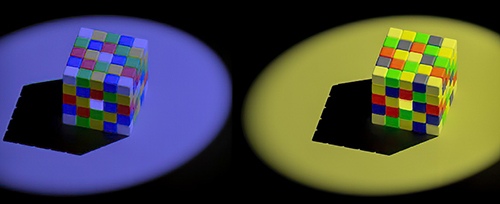
揭示视觉:通过Jolyon Troscianko博士的模型,探索感知的复杂性
作者: Peter D Gowdy,翻译: 艾德琳
来自英国埃克塞特大学的著名研究员Jolyon Troscianko博士,最近在视觉科学领域上取得了重大飞跃。他提出了一种新模型,可以更深入地理解视觉感知和视错觉。几世纪以来这是一个令人困惑且费解的现象。如今Troscianko博士的研究提供了更深层次的理解。
在《公共科学图书馆 – 计算生物学》(PLOS Computational Biology)上发表的一篇开创性文章中,Troscianko博士和他的团队深入探讨了色彩外观的复杂原理。这一原理强调了物体与其背景之间的对比度如何显著影响我们对物体的感知。这种现象被称为同时对比,其中较暗的环境可以使物体看起来更亮,反之亦然。(这个模型预测的效果中,同时对比只是其中之一。明度诱导和对比度诱导是其他重要的效果。)

然而,理解视觉感知的研究并没有就此结束。其复杂性延伸到了我们的大脑解释视觉的方式。我们的视网膜将3D环境感知为2D图像,而我们的大脑则负责解释这些信息。它首先会将视觉场景分解为不同的空间频率(或大小),从非常精细的尺度图案(高空间频率)到非常大的尺度,例如大物体或天空与地面(低空间频率),以及其中所有的尺度。我们能感知的空间频率范围必然受限;我们的视觉系统无法感知一些对比度过于微妙或过大的对象,因此这些对象从进一步的处理中被排除。
Troscianko博士的模型使用神经编码带宽的概念来帮助理解视觉处理。这一原理表明,连接我们视网膜和大脑的神经元有局限性——它们只能处理大约10到15级的对比度。因此,我们的视觉系统被迫优先处理要发送到视觉皮层的信息,关注最关键的对比度以进行解释。
该团队通过引入若干视觉错觉来测试这个模型。令人印象深刻的是,该模型准确地预测了大部分视觉现象,而这些现像以前无法用如此简单的模型来解释。根据Troscianko博士的说法,这些视错觉实际上是压缩伪影,是将大量视觉信息通过低带宽视网膜神经元压缩到视觉皮层的结果。

但Troscianko博士模型的美妙之处并不局限于理论和实验室结果。它提供了广泛的实际应用,可以重新定义各个领域——从深化我们对视觉感知的理解,到增强计算机视觉算法,甚至扩展到需要视觉处理的人工智能系统,其潜在应用确实令人兴奋。
此外,Troscianko博士渴望扩展该模型以理解动物视觉,从而有可能揭示有关鸟类视觉和进化行为的理解。这一发展可能揭示各种物种视觉原理的大量信息,并为它们独特的感知体验提供宝贵的见解。
在技术和媒体领域,该模型可以彻底改变依赖视觉呈现的行业。这些包括处理色彩空间的行业,如CIELAB和CIECAM,甚至包括处理高动态范围电视的行业。该模型可以指导压缩算法的改进,演示哪些视觉方面可以在不被人类观众注意到的情况下减少,从而降低视频流的计算要求和碳密集度。

该模型的潜力更可以扩展到人类深层方面——视力障碍。虽然目前还处于推测阶段,但该模型的见解可能有助于开发视觉假体。最终可能弥补视觉弱点的技术创新,为视力恢复技术的重大进步铺平道路。
总之,Troscianko博士的创新模型为视觉感知和视错觉提供了新的视角。通过成功解码许多以前无法解释的视觉现象,该模型有望从高科技行业到动物视觉研究等广泛领域中取得潜在进步。这项开创性的研究揭示了人类和人工视觉系统的复杂机制,引领了视觉科学领域令人兴奋的新前沿。